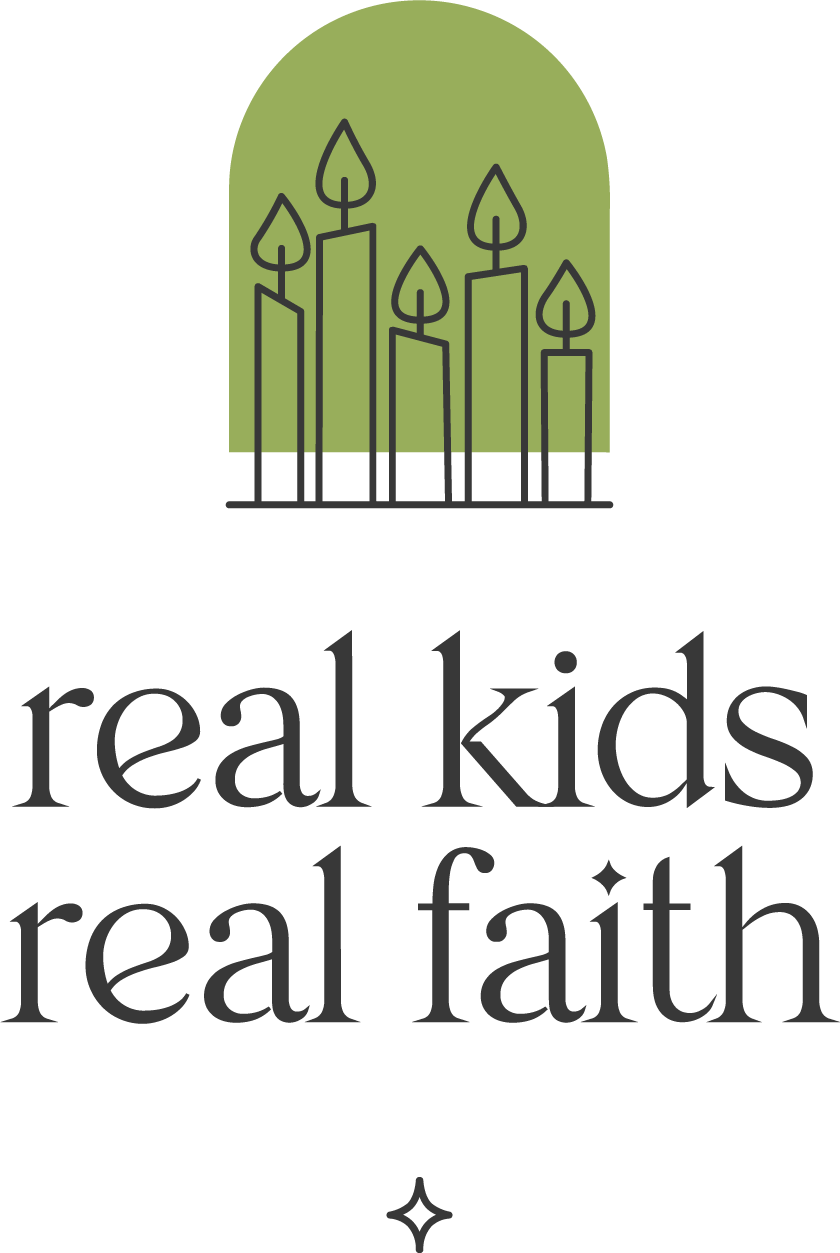Lockdown (Active Shooter) Drills have become a staple of children’s lives. Schools and organizations build them into the year alongside other safety measures: controlled access, hardwired alarms, security personnel. We want to keep children safe, and safety today requires being prepared for threats of violence.
The idea that someone would want to hurt them is stressful for children. Lockdown drills can stir up anxiety and fear and children may not know what to do with these big emotions. Barbara DiLorenzo imagines how one little girl processes her experience with her granddad in One Thursday Afternoon. Read the book aloud with children three and older and use some of these activities to help them explore their feelings about active shooter preparations.
Make Room for Silence. At first, Ava is not ready to talk about her experience with the drill. She tells granddad that it’s been a bad day and she needs alone time. He responds that they can be alone together. Invite children to sit quietly. Suggest that they take a few deep breaths in and out slowly. They might place their hands on their chest and belly so they can feel them expand and contract as they breathe. Or give children balls of potter’s clay (or a stress ball) to squeeze as they breathe. Doing so relaxes the whole body.
Listen to Your Senses. Before they paint, granddad reminds Ava to use all her senses to see the world around her. That way, she can see the beautiful as well as the scary parts. Offer children watercolors or other art supplies for creating pictures of the world around them. Encourage them to pay attention to each of their senses in turn. Ask: What do you see? Hear? Smell? Taste? Feel? After each question, leave time for them to add images and colors to their pictures.
Share Personal Stories. When Ava is ready to talk, she shares about her school’s drill. Granddad responds with a story about hiding under his desk as a child. Both talk about being scared. Invite children to share their experiences with lockdown (active shooter) drills. Ask: How did you feel during the drill? How do you feel now when you think about what could happen? As children name their emotions, share your experience and emotions with them as well.
Promise to Keep Talking. Ava’s feelings move up and down throughout the afternoon. Granddad notices and tells her he is always available to listen and talk. Agree with children on a code word or action that signals a need to talk. It might be a hand signal (like tapping their mouth and then their ear), a word or phrase (such as ‘tilt’, ‘911’, ‘need an ear’), or a text emoji. Assure them that you will respond quickly to their questions and concerns.
Address the News. Ava asks about news reports of school shootings. Ask children what they have heard about bad things happening. Provide factual information and use internet searches to help them explore what happened and why. [Note: some material on the web can be graphic, so use caution when selecting sites and explain to older children your screening process.] If mental health was a factor, share basic and sympathetic information about mental illnesses while affirming that violence is not a typical or appropriate way of acting, even when someone is sick.

Comments